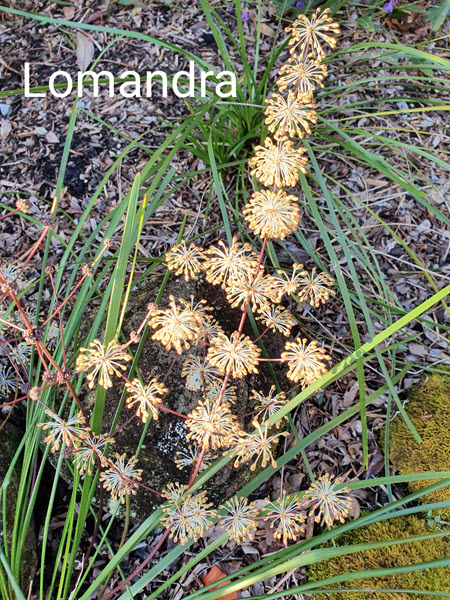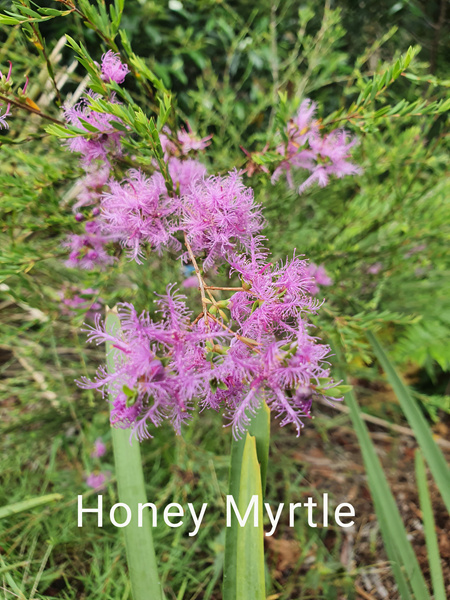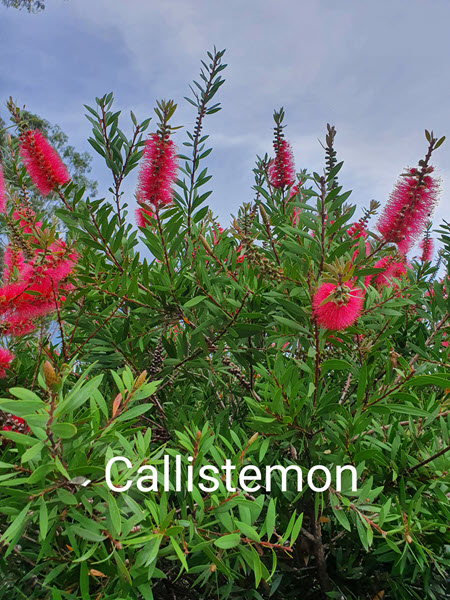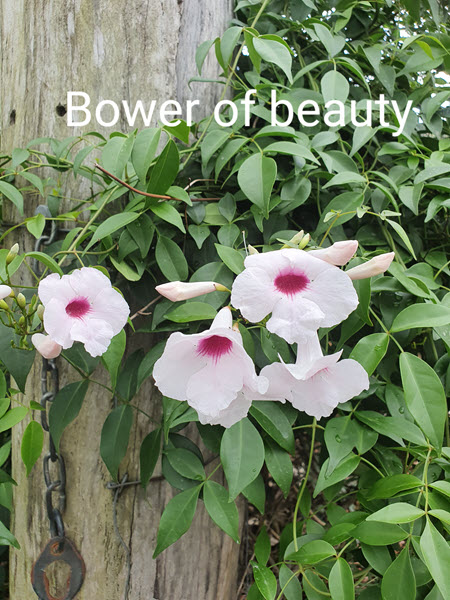Can you remember back to High School biology and the classification of living things? There were seven levels: Kingdom, Phylum, Class, Order, Family, Genera (Genus) and Species. ‘Keep plates clean or friends get sick’. That was my way to remember the order.
The useful concept to keep in mind is that the further down the list a group of plants are, the closer they are related. At Species level there is only one individual left. So how does this basic, and possibly boring, science lesson help with plant selection and care?
Plants in the same Family have similar flowers, reproductive structures, growth characteristics, nutrient needs and are affected by the same pests. For example Myrtle rust affects the Myrtaceae family – Eucalyptus, Melaleuca (paper barks), Callistemon (Bottle brush) and Syzygium (Lilly pillies). This family has over 70 Genera and over 1500 species in Australia.
Plants in the Proteaceae family do better with a fertilizer that has no phosphorus and low potassium. Examples include Banksia, Grevillea, Hakea and Macadamia.
Flower structure is the most obvious way to place a plant in a particular Family. In the Fabaceae family, also called Pea Family, the local natives can have three petals per flower. Think of the Handsome Flat Pea, Egg and Bacon plants and Hovea. Some can fix nitrogen from the air into the soil so are great to use when soil improvement is desired.
To increase the type of pollinators and other fauna visiting our gardens, we need to provide varied flower size, fruit type and seeds. Therefore, we need to plant species from different Families. This can also increase our enjoyment of the garden with flowers that bloom at different times of the year and greater variation in foliage.
The first link below is a great starting place to understand plant Families and is also useful to find a flower of a certain colour. Don’t forget to cross reference with books like ‘Noosa’s Native Plants’ and ‘Mangroves to Mountains’ to check that the natives are local ones.
Next year UWG will run a workshop on plant identification. Having a basic understanding of plant Families will help you get the most from this workshop and start you on the road to being a Botanist!
Common Plant Genera & Families – Australian Native Plants Society (Australia) (anpsa.org.au)
AusGrass – Lucid Web Player (lucidcentral.org)
Michelle Newall






